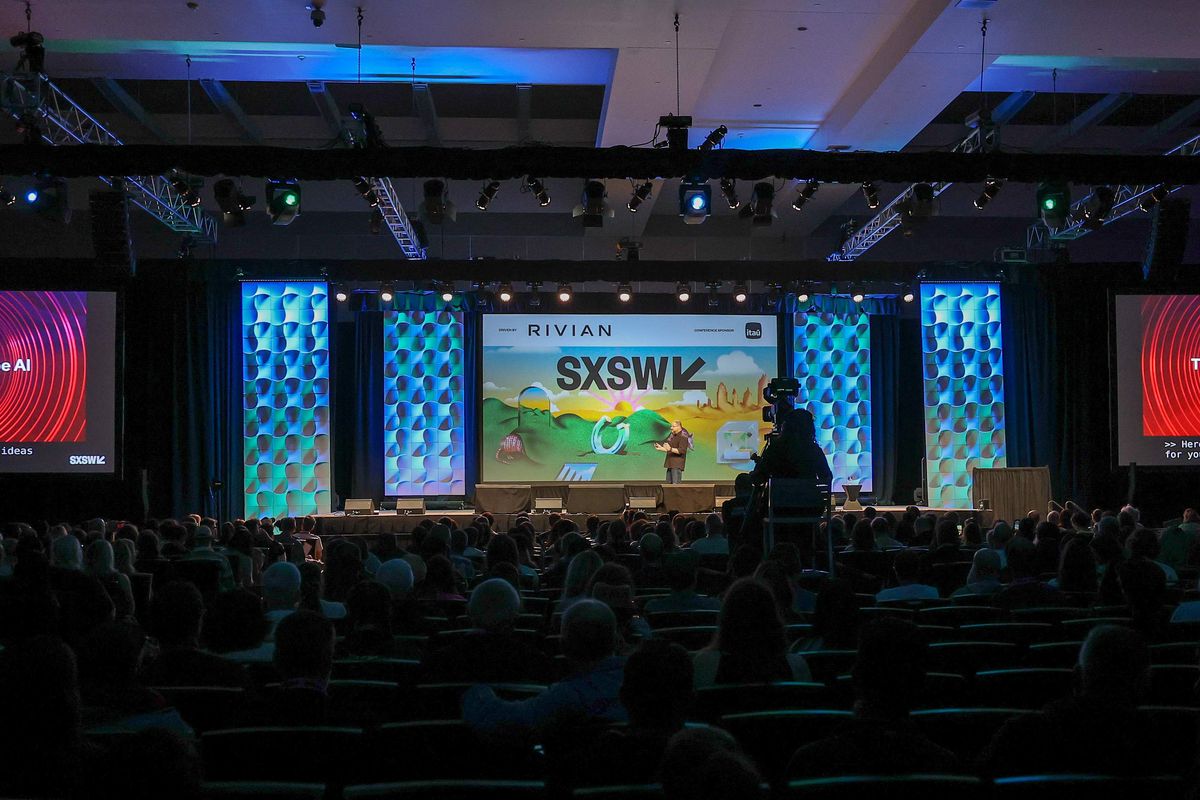Houston space tech company secures $2.4M to collaborate on moon exploration innovation
going dark
For 14 days of the month, the moon goes dark, and if humans have any change of further exploring the moon or even residing on it, there's going to need to be an innovation that can help sustain life in the dark and cold that results from the lunar night.
Luckily, NASA is already on it. The organization just announced a $15 million Tipping Point initiative award to a project led by Washington, D.C-based Zeno Power. The goal is to create a Radioisotope Power System — the interoperable americium-241 (Am-241) radioisotope Sterling generator, to be exact — for lunar landers that ensures operation of lunar assets during the lunar night period as well as the moon's permanently shadowed regions.
Houston-based Intuitive Machines is collaborating on the project and has been designated approximately $2.4 million for its part in the project. According to a news release, the team's goal is to have the technology ready for a lunar surface demonstration by 2027.
“The ability to survive the lunar night is paramount to Intuitive Machines and the space exploration community,” Trent Martin, vice president of space systems at Intuitive Machines, says in the release. “NASA investing in mission longevity and the endurance of spacecraft paves the way for uninterrupted scientific exploration, enabling future robotic and human missions to unlock the mysteries of the lunar surface and propel humanity’s presence in space to new frontiers.”
During the lunar night cycle, parts of the moon reach -279 degrees Fahrenheit. If NASA is able to provide a solution to surviving the lunar night, the lunar missions could last longer than two Earth weeks — including allowing for missions to last for several years.
NASA’s Space Technology Mission Directorate is behind the Tipping Point solicitation. The Zeno Power-led team also includes NASA Glenn Research Center, NASA Marshall Flight Center, Sunpower Inc., and the University of Dayton Research Institute.
Intuitive Machines, which went public earlier this year, has several other projects ongoing with NASA, including a satellite joint venture with KBR that announced up to $719 million in funding in April.
- Overheard: Houston needs to strengthen infrastructure, workforce to maintain Space City status ›
- Houston space tech joint venture snags contract with NASA valued up to $719M ›
- Houston space tech startup closes deal to IPO ›
- Space It Up launches in Houston to accelerate Italian innovation - InnovationMap ›
- Tim Crain of Intuitive Machines joins Houston Innovators Podcast - InnovationMap ›
- Intuitive Machines sets mission launch, scores Air Force deal - InnovationMap ›
- Houston-based lunar mission's rocky landing and what it means for America's return to the moon - InnovationMap ›
- Houston space tech co. rolls out futuristic lunar rover for NASA's Artemis missions - InnovationMap ›
- Intuitive Machines to acquire Lanteris Space Systems for $800M - InnovationMap ›
















